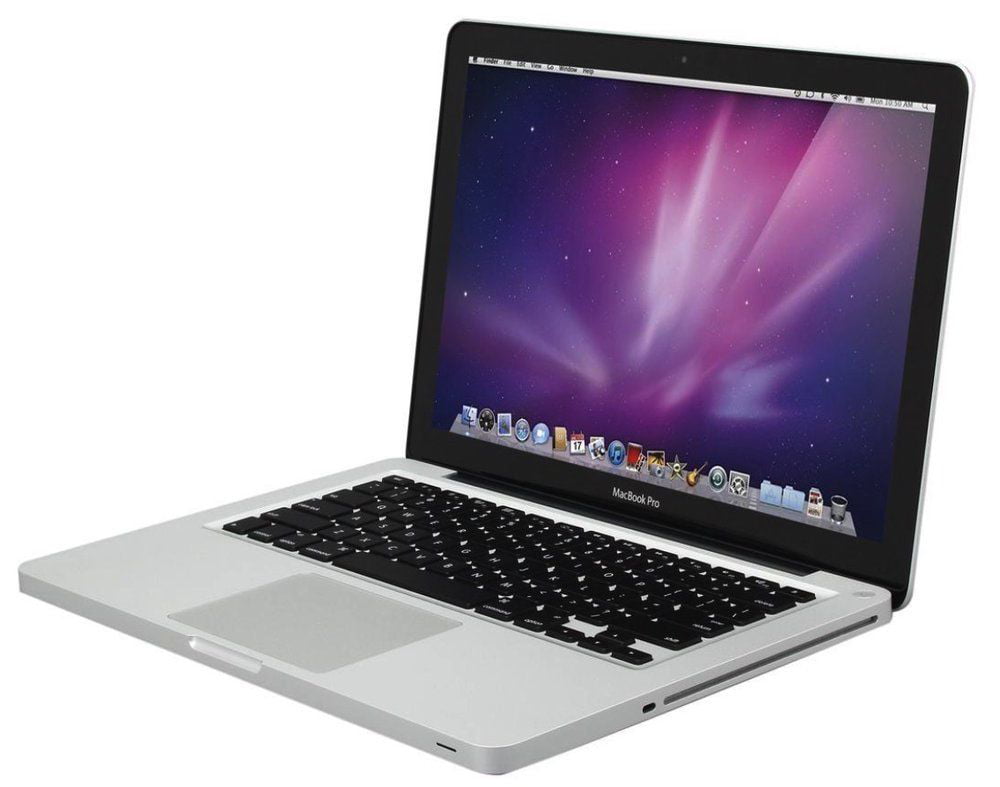

Simulator images are also saved to this location ~/Library/Caches/. Most of these were for older iOS versions that we can safely delete.īrowse to ~/Library/Developer/Xcode/iOS DeviceSupport and remove older iOS version folders. Another way to expand your MacBook storage is by using its SD card slot (assuming you use a model that has one). Head to ~/Library/Developer/Xcode/Archives and remove any folders you no longer need. Firebase/crashlytics/bugsnag/instabug etc.) I had 11Gb or archives - which was only about 5 months! These archives are only needed if the apps are still installed on customer devices (and then only if you haven’t pushed the symbols to your error tracking service - eg. If you’re building and deploying iOS apps, you may have built up a large number of archives. List disk space and in human readable form -h and summarize -s In a terminal, use the du command to print out the disk usage of a folder or all folders. It’s easy to see what folders are using up disk space - either by the command line or Finder GUI. This gives a quick overview of what’s using your disk space.Ĭlick the Manage… button and follow the recommendations. Running through the process below, I was able to free up more than 50Gb of space.Ĭlick on the Apple icon in the menu, select About this mac & then click on Storage. But, wearing my engineer’s hat, I prefer to know how things work and wanted to do it manually. There are plenty of commercial tools that will help. This usually gave me about 10Gb free, which would last another few weeks, before I needed to repeat the process.Īnnoyingly, most of the disk was used by the System.

Clear downloads, empty the bin & sometimes reboot. It always occurs at a bad time, so I’d do the minimum. I’ve been receiving Your disk space is critically low messages for the past couple months.


 0 kommentar(er)
0 kommentar(er)
